We love to eat this time of year, but what's behind traditional holiday foods?
Many family traditions are written in food. Whether it's your grandma's Christmas cookies, or your mother's latkes for Hanukkah, there are reasons behind the iconic holiday foods we eat.
And it's not just because they're delicious.
Some date back to the Middle Ages, some bring good luck, and some have conflicting yet interesting origin stories.
Here's why we eat certain foods during the holidays.
Holiday Guide: Christmas, Hanukkah: Here's the ultimate guide to the holidays at the Jersey Shore
Hanukkah
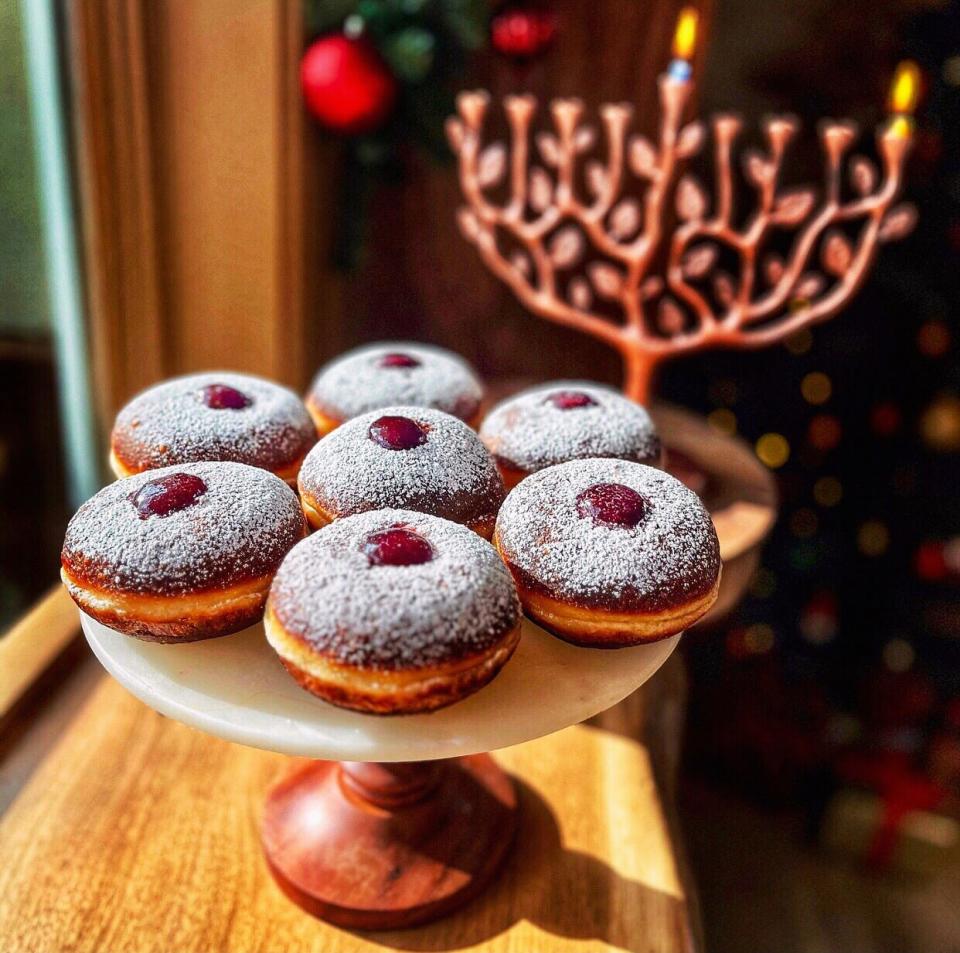
Because oil fueled the Hanukkah "miracle" — a small pot of oil lasted eight days instead of the anticipated one day in the Holy Temple of Jerusalem — Jews celebrate the candle-lighting holiday by using oil to cook.
Latkes (potato pancakes), sufganiyot (Israeli jelly donuts) and more are pan-fried in oil, served fresh and crisp. The holiday focuses primarily on fried treats like these, but another nostalgic sweet found in most Hanukkah celebrations (especially if kids are attending) is gelt.
Salty cheeses, or dairy products like sour cream on latkes, are also eaten to honor Judith, an unlikely heroine who saved Jews from persecution during the sixth century, according to Lisa Karasic, chief communications officer for the South River-based Jewish Federation in the Heart of New Jersey.
Giving gelt (Yiddish for money) has been a tradition for some four centuries. It was a way for parents to show appreciation to their kids' teachers, and over time they were given to kids, too. In the 1920s, chocolatiers saw the opportunity to make chocolate gelt for kids, wrapped in shiny paper and sold in pouches.
According to the United States Mint, Hanukkah gelt may be linked to the Maccabean victory over the Ancient Greeks. Chabad.org takes that a step further: "After the Greeks were defeated, it was necessary to re-educate the Jews — to reintroduce a large part of the population to Torah values. Appropriately, during Hanukkah it is customary to give gelt to children as a reward for Torah study."
Christmas Cookies: Holiday recipes for buckeyes, jam squares, maple pecan cookies and more
Christmas Eve and Christmas
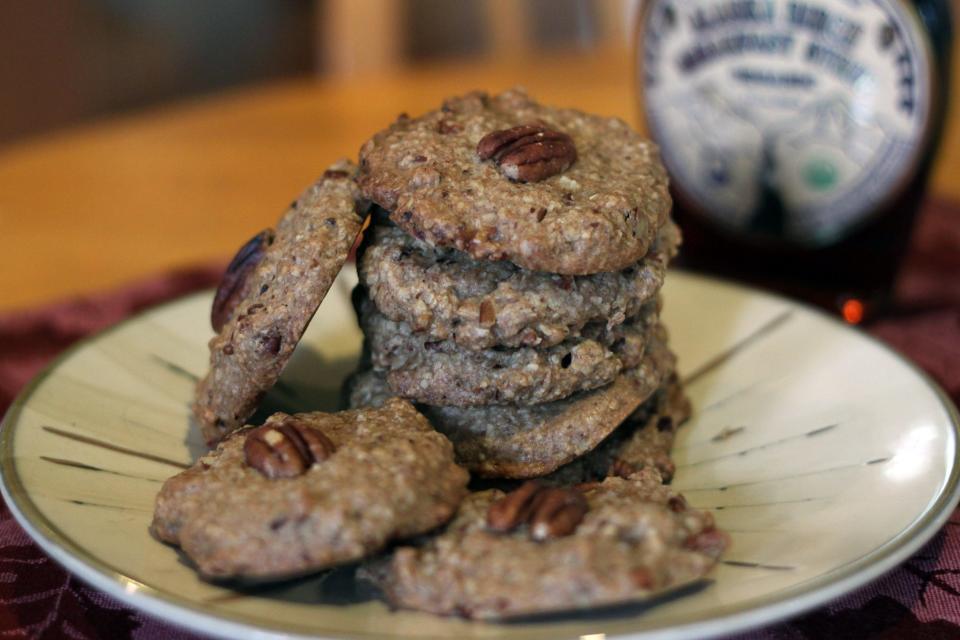
Ohio-based Spangler Candy — a leading candy cane producer since 1907 — said the shepherd's crook-shaped treat was first made in 1670 by a German choirmaster for his students at Cologne Cathedral. Their popularity then came to America in 1847, when a German-Swedish immigrant decorated a Christmas tree with them.
Supposedly, the red and white stripes didn't come until an Indiana candy maker decorated them this way, to represent the blood of Jesus Christ, and his virgin birth. Snopes.com begs to differ with this one though.
But what Christmas sweet is even more important than candy canes? You guessed it: cookies! One of the first Christmas cookies, gingerbread, originated in Germany. According to Deutschland.de, an educational website by Germany's Federal Foreign Office, Lebkuchens (a soft gingerbread cookie with toppings) were first made in Nürnberg by monks with spices and honey from the local forest.
And gingerbread houses? Germany can be thanked for those as well, as their popularity skyrocketed following the Brothers Grimm release of "Hansel and Gretel" (1812).
Of course, all of these origin stories are shrouded in mystery, with random appearances of both cookies and candy canes seen in the Middle Ages, Ancient Greece, even Ancient Egypt.
Another holiday essential without a fully formed origin story is eggnog. According to the National Library of Medicine, culinary historians believe it to be based on the medieval British drink posset, made with warm milk, wine or beer, and spices.
'The Boy and the Heron': 5 Jersey Shore restaurants to try before seeing the new film
Kwanzaa
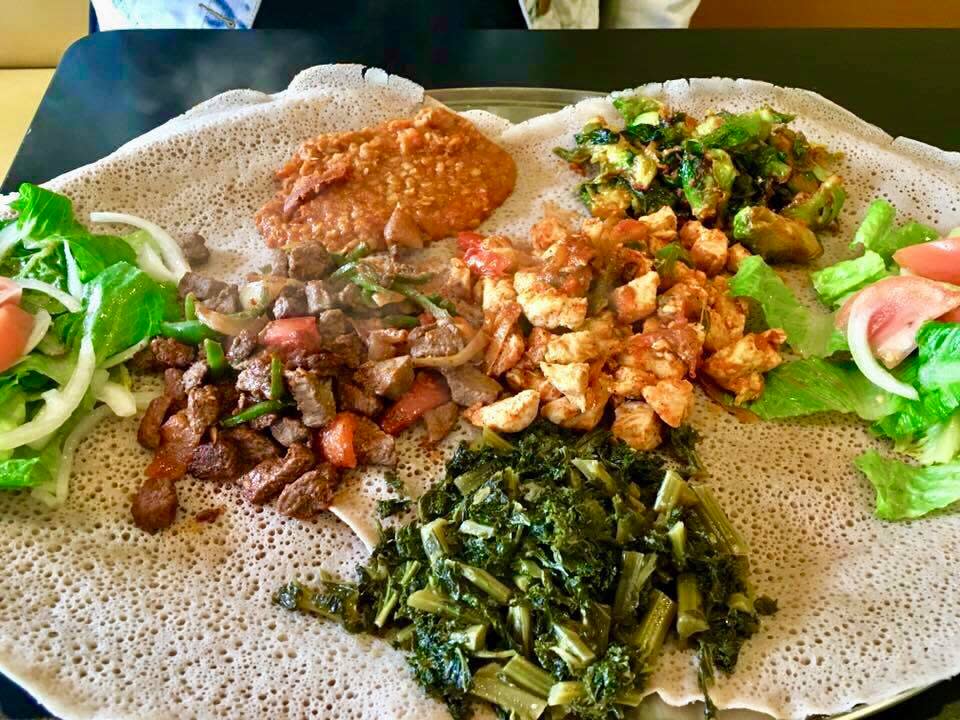
This seven-day celebration (Dec. 26 to Jan. 1, 2024) represents a different principle each day: Umoja (unity); Kujichagulia (self-determination); Ujima (collective work and responsibility); Ujamaa (cooperative economics); Nia (purpose); Kuumba (creativity); and Imani (faith).
On Day 6, the Karamu Ya Imani (Feast of Faith) is a gala of pan-African cuisine — everything from Ghanaian stew and jollof rice to jerk chicken, catfish and collard greens, candied yams, injera, plantains, fritters and more. During this feast, those who celebrate reflect on all the principles.
According to the National Museum of African American History and Culture, the feast helps families "honor the ancestors, affirm the bonds between them, and celebrate African and African American culture."
New Year's Eve and Day
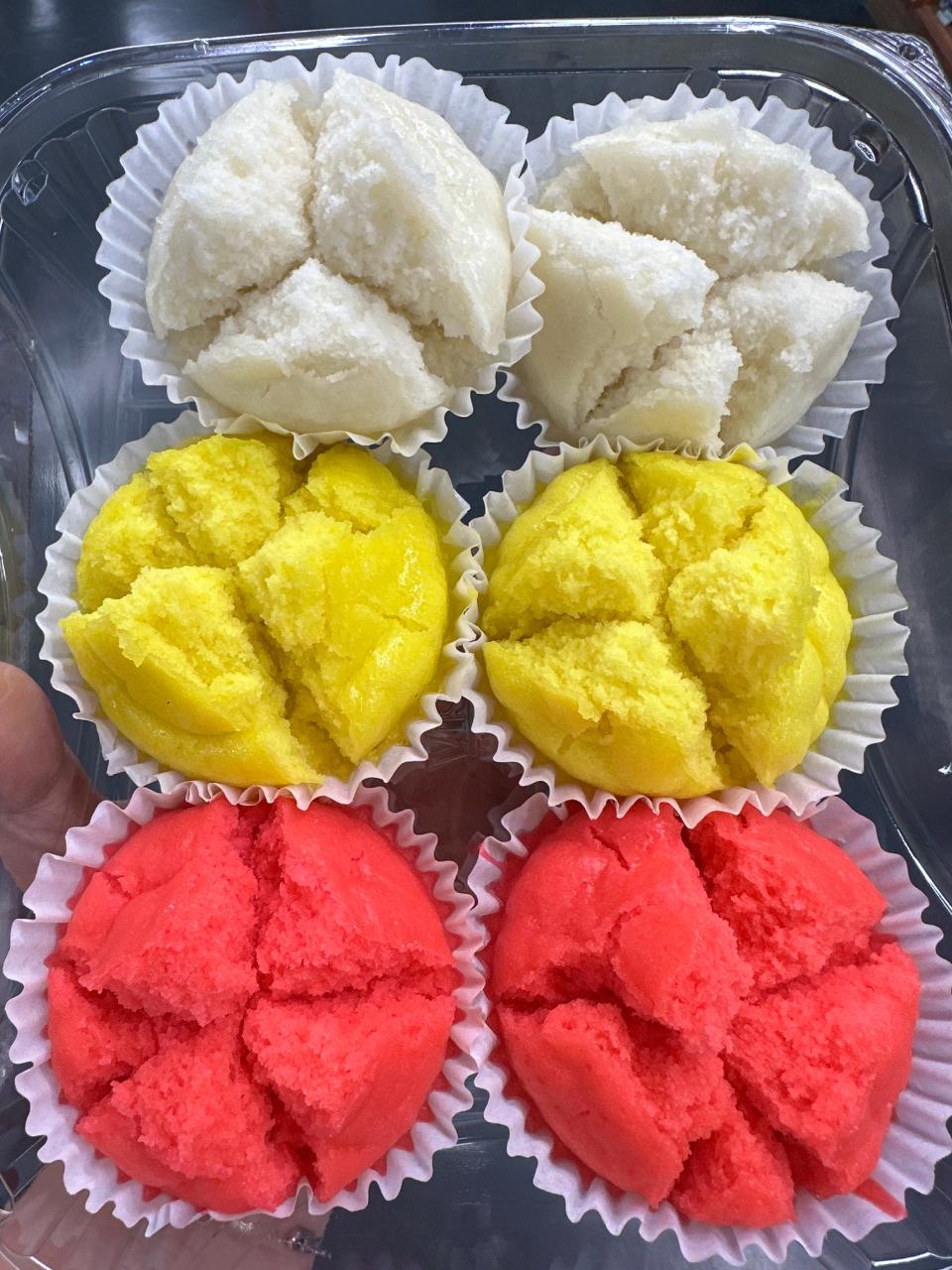
Different cultures believe different foods are good luck. Some cultures eat 12 grapes at midnight on New Year's Eve (for 12 months of luck), while others drink champagne.
In the Southern part of the United States, the tradition of eating black eyes peas, leafy greens and cornbread, or "Hoppin' John," dates to 1862's "Watch Night" or "Freedom's Eve," when soon-to-be-freed African Americans waited for the Emancipation Proclamation to fully take effect in the new year. According to NMAACH, the meal is supposed to bring good fortune and prosperity.
Shirley Chau, marketing manager of Asian Market locations in Marlboro, Plainsboro, North Plainfield, Piscataway and Jersey City, said China and other Asian-countries believe eating dumplings or other gold ingot-shaped bites issue in wealth. Long uncut noodles represent longevity. And red and gold foods, like Chinese Fortune Cakes (fa gao), bring both wealth and luck — especially during the Lunar New Year (Feb. 10, 2024).
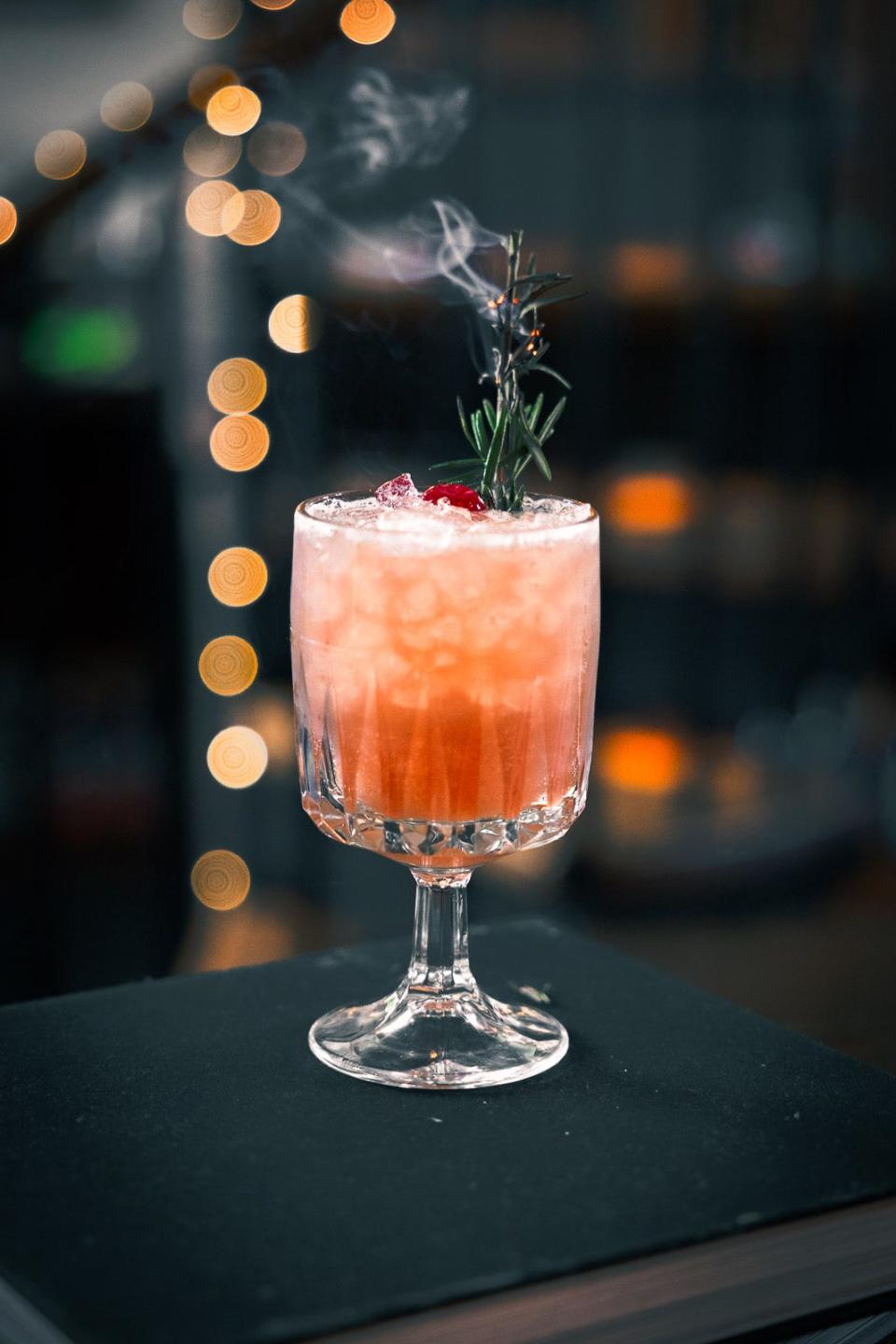
Pomegranate seeds are also seen as a symbol of luck, prosperity and fertility; they can be found in countless recipes and seasonal cocktails this time of year.
Dating back to Ancient Greece, today's Greeks carry the tradition of smashing open a pomegranate on New Year's Day. The more seeds that fall out, according to the nonprofit Greek platform XPAT Athens, the more good fortune will come to the house.
Gabriela L. Laracca joined the USA Today Network New Jersey in 2021 and eagerly brings her passion for cuisine and culture to our readers. Send restaurant tips to [email protected].
This article originally appeared on Asbury Park Press: Christmas tradition includes cookies Hanukkah latkes,
